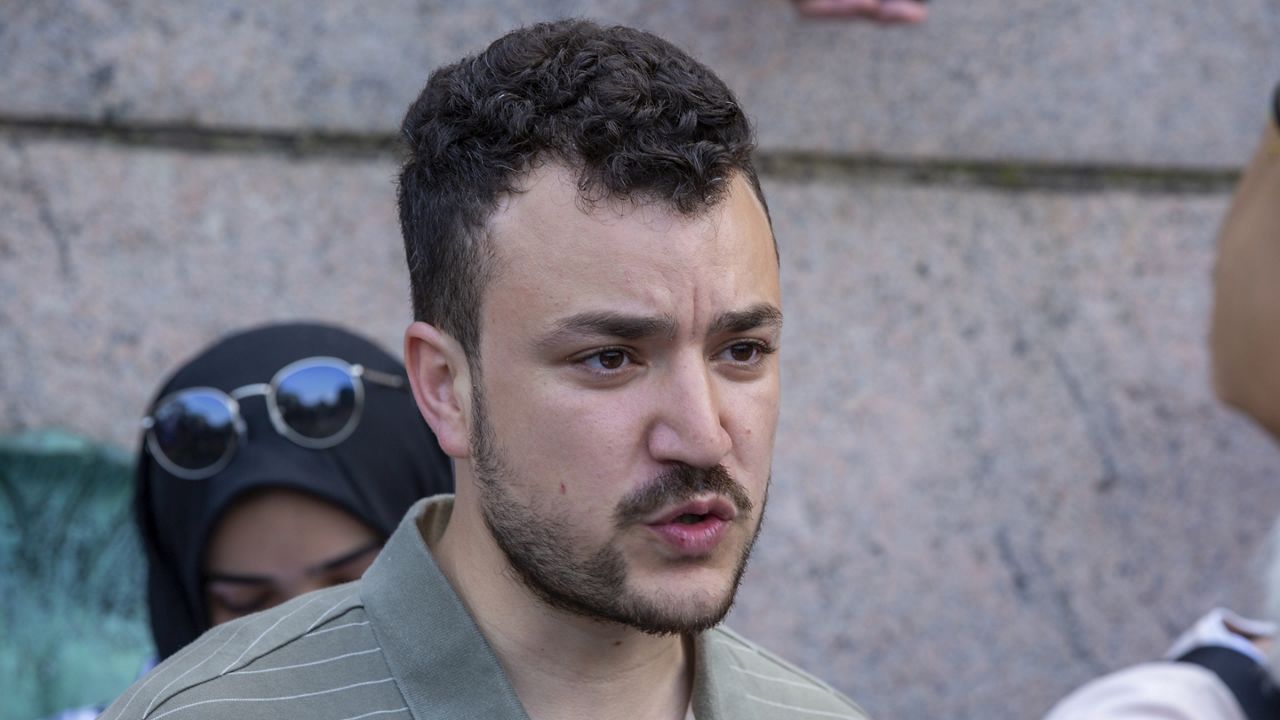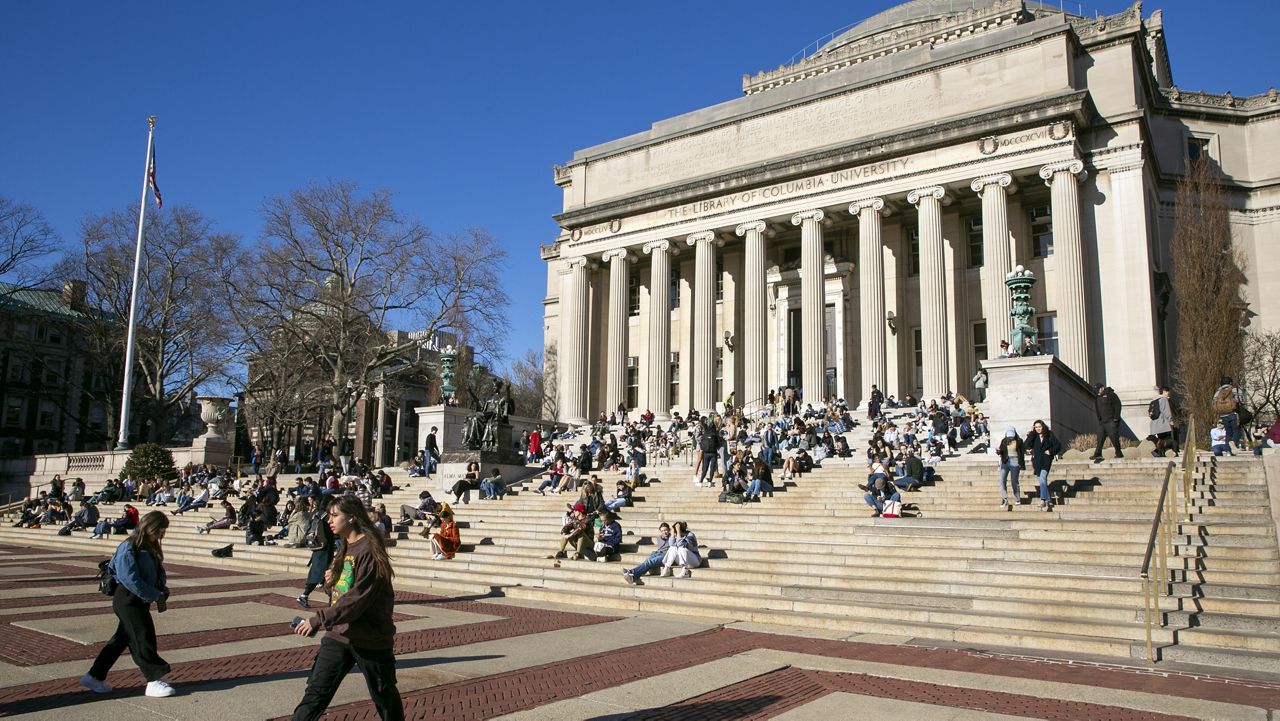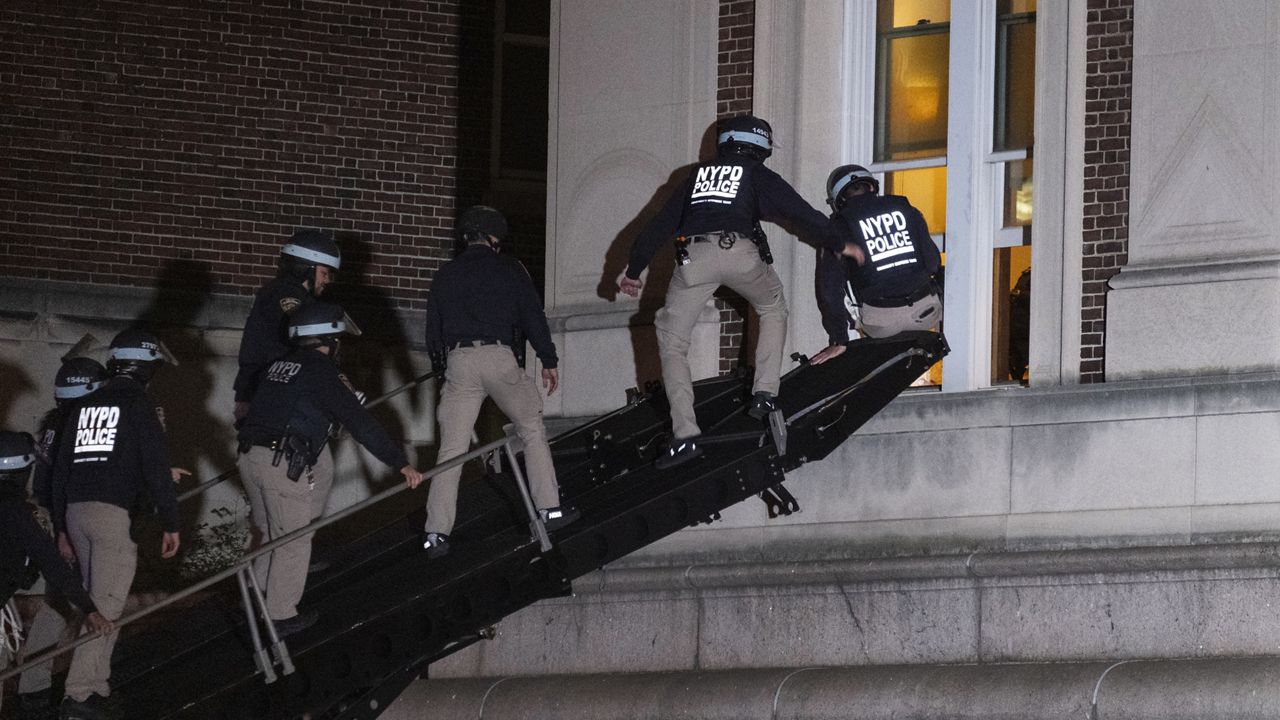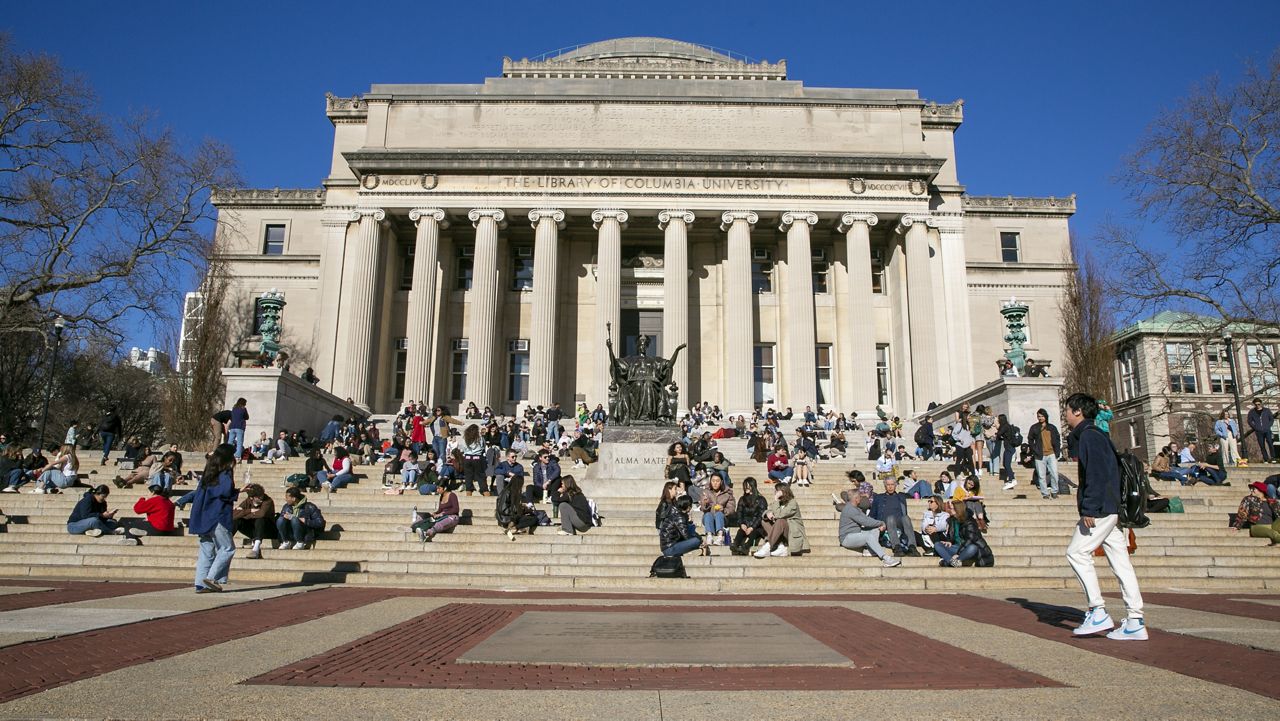With more homeless children attending city public schools than ever before, a city council committee heard testimony Wednesday that the education department is not doing enough to address the crisis. NY1 Education Reporter Lindsey Christ has the story.
One in ten city students was homeless at some point last school year, according to new state numbers.
That's a record 111,500 students, a six percent jump from the year before.
Members of the city council say it's a staggering problem.
"It is a crisis, and the numbers are mind blowing, actually," Queens City Councilman Daniel Dromm said. "It seems like they are trying to get a handle on it, but they are not quite there yet."
Education department and Homeless Services officials testified for several hours on student homelessness before the council on Wednesday.
"We know that for many of them, school is a vital source of stability," Deputy Schools Chancellor Elizabeth Rose testified. "To this end, we provide additional academic, health, and mental health supports and services."
The mayor has included a temporary appropriation of $10 million in each of the last two city budgets to support homeless students.
But advocates point out that the spending was almost cut this year. They also say it's not nearly enough. At more than 150 schools, at least ten percent of students live in shelters, but the funding provides only 43 social workers dedicated to homeless families.
"The level of trauma that a child goes through living in shelter, I don't think we are adequately prepared to help them with," Brooklyn City Councilman Stephen Levin said.
Another troubling statistic is how many families are placed in shelters in the same borough as the youngest child's school. Only half of families were sheltered in the same borough, down from 70 percent four years ago — and well short of the goal of 85 percent.
"I read that and I see an ever-deteriorating situation," Levin said during the council meeting.
Being sheltered far from school means children endure long commutes and frequently miss classes. More than half of students in shelters miss at least a month of school.
Last year, the city began offering bus service for kindergarten through sixth graders in shelters. 5,000 students are now picked up from 500 bus stops and brought to 1,000 different schools.
But education outcomes for students in shelters remain dismal. Only 15 percent are on track in reading and 12 percent of students are on track in math.









